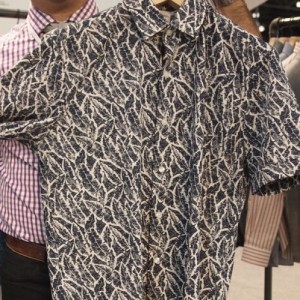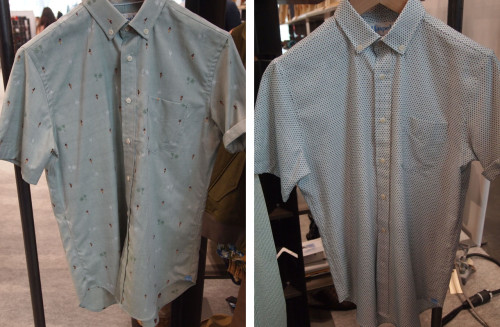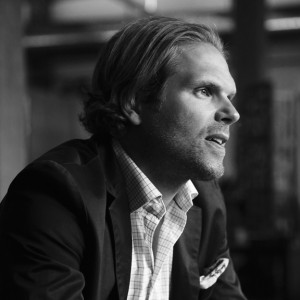In the Clubhouse with Trunk Club’s Brian Spaly

Trunk Club founder Brian Spaly talks about the Nordstrom acquisition and how innovation in sales and service are key to growth.

How has business changed since Nordstrom acquired Trunk Club?
Not much. It’s fantastic to have the resources and support of such a successful brand, but Trunk Club’s company goals and day-to-day operations have not changed. We’re utilizing Nordstrom to enhance our growth plans, but doing so in the Trunk Club way.
What are you excited about for fall 2015?
I am forced to admit that we spend almost zero time thinking about items and trends at Trunk Club. I think that’s part of what’s driven our success—we obsess about hiring the best people we can and about serving our customer. We also spend a ton of time trying to dial into the rich mix of human interaction and technology in the process of serving up new gear to our members. All that being said, I’m fired up about the RL Purple Label Collection we are bringing in, and also the increased partnership with Fabric Brand, my current go-to denim.

We don’t see anyone else providing the same type of service. It kind of surprises me, but the lack of competition reflects that it is hard to pull off a fully assisted, stylist-driven experience. I’m proud of that! Maybe it’s best to say we compete with apathy and legacy. Apathy: guys can be lazy and just stick with their current wardrobe, which often leaves much to be desired. Legacy: guys have been shopping at the same places for decades out of habit, but not because they love the results. When we conquer those traits and emotions we are highly successful. I’m most proud of helping guys who didn’t used to care about clothes, but now take pride in their outfits. It builds self-esteem and helps people achieve their life goals. Looking good is feeling good.
What does the menswear industry need to make business better?
Innovation in the channel and the sales approach. It’s hard to do anything that’s new and different on the design and trend side.
What does athleisure mean to Trunk Club and its consumer?
We cringe at that word. We believe a grown and prosperous man should not be prancing around in yoga pants. We shudder at the tech executive wearing a hoodie. We advise our members that athletic gear is precisely that—made for the pursuit of sports and exercise.
How will Nordstrom ownership help achieve what’s next for Trunk Club?
Trunk Club is coming off of a year of major expansion. In 2014 we launched new clubhouses in Washington DC, Los Angeles and New York. These markets are key to our business, and we’re focused on perfecting the experience at each location while maintaining the highest level of service for our members receiving trunks. Nordstrom has opened so many doors for us in terms of expanding our capabilities in supply chain management, logistics, IT and other operational resources. They’re allowing us to accelerate quicker towards our long-term goals.
What have you learned from launching the business?
I’m baffled at the lack of innovation in our industry. I also co-founded Bonobos, which taught me there was room in consumers’ hearts for an upstart brand that was not driven by fashion industry insiders and ossified design calendars and paradigms. At Trunk Club, we’ve found a way to serve a key segment of the market in a delightful way. The biggest challengers remain driving growth and acquiring great new customers, while maintaining financial discipline. If start-ups can nail that recipe they will be successful.
What are your hobbies outside menswear?
I live in Dallas and greatly enjoy its Mexican cuisine and barbecue. When I’m at our Chicago HQ I try to get out on the ice and play hockey. I’m fascinated by the secular decline of southern Europe and enjoy following the Tour de France. Tokyo is my favorite city to visit, with an honorable mention to Stockholm, where we buy shirts from Eton.
Where do you see yourself in five years? 25 years?
I remain hopeful that the Trunk Club story is still early in the telling. We’re building a lot of cool features and looking to expand from five markets to 10 in 2016. That should keep me busy. Nordstrom is based in Seattle, rapidly becoming the hottest soccer town in the U.S.—I could get excited about a tour of duty in the Emerald City.


